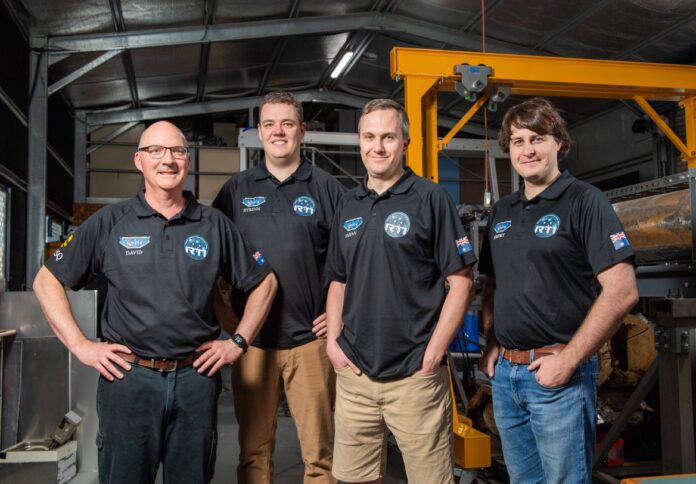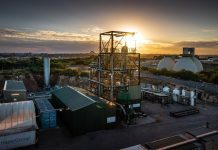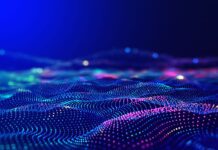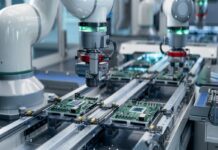
A team of hypersonics experts from the University of Southern Queensland is among the research teams across the globe that are slated to gather in the USA for the NASA-led HORIS observation project that will study a capsule descending to Earth on 24 September carrying a sample of asteroid material.
The UniSQ specialists, led by Associate Professor Fabian Zander, aim to gather vital data as the OSIRIS-REx capsule makes its descent through the atmosphere into Utah’s desert.
The team was selected based on their prior work involving airborne observations during the re-entry of the Hayabusa2 capsule in 2020, a mission similar to this one.
Associate Professor Zander expressed his excitement, stating, “For NASA to invite us along based on our previous work (on Hayabusa2) is absolutely phenomenal – it’s a very exciting project to be involved with.”
The main focus of this project is the aerothermodynamics of the capsule’s re-entry as it hits the atmosphere at around 12 kilometres per second.
The data collected during this mission will offer valuable insights and serve as an educational opportunity for team members.
The international team will conduct re-entry observations from three ground stations and four aircraft, including three from NASA and one funded through a collaboration between Rocket Technologies International Australia (RTI) and the University of Southern Queensland-led iLAuNCH, under the trailblazer program.
Ground-based observations are funded through an Australian Research Council project.
Scientists from NASA, the Japan Aerospace Exploration Agency (JAXA), the University of Southern Queensland, the University of Stuttgart, the University of Queensland, and several other domestic USA organisations will operate the instruments at these locations.
In particular, the capsule’s re-entry into the atmosphere is expected just after 0840 local time on 24 September. Associate Professor Zander noted, “This will be the first time we have worked on a daytime re-entry, which comes with its own challenges.”
The project will involve spectroscopy to analyse gas radiation, including atomic emission lines and black-body radiation from the capsule to determine its surface temperature.
According to the university, this data will be crucial for improving future re-entry capsule designs.
Dr Byrenn Birch and research associate Jeremy Moran from the University of Southern Queensland will collect data from one of the NASA planes, anticipating valuable insights despite the challenges of a bright daytime sky.
“It’s going to be a fantastic experience – we will learn a lot from this project,” Dr Birch said.
He added, “We’ve put significant effort this year into developing strategies to minimise its impact on the measurements, but the proof will come from the actual re-entry. I’m confident that if we can spot the capsule, we will get some great and highly valuable data.”
University of Southern Queensland researchers Professor David Buttsworth, A/Prof. Ingo Jahn, A/Prof. Peter Jacobs, Dr. Craig Lobsey, Dr Andrew Lock, Dr Tamara Sopek, Gerard Armstrong, Flynn Hack, Simon Castles, and Maciej Grybko will also participate in the project, some from the air and others from the ground.



















